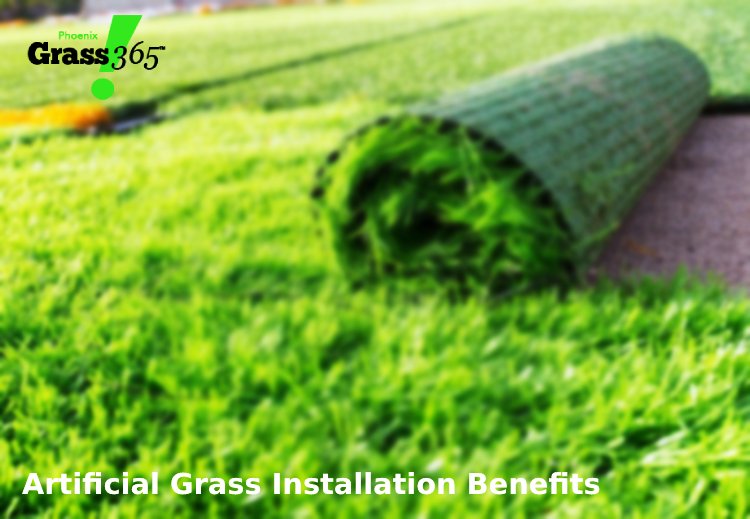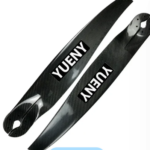
Artificial grass, also known as synthetic turf, has gained significant popularity in recent years due to its numerous benefits and advantages over traditional natural grass. With advancements in technology, artificial grass installations have become increasingly realistic and offer a range of benefits for homeowners, businesses, and public spaces. In this article, we will explore the various artificial grass installation benefits, highlighting its environmental benefits, cost savings, time and effort savings, enhanced aesthetics, durability and longevity, allergy reduction, pet-friendly features, and versatility.
Introduction
Artificial grass refers to synthetic fibers designed to resemble natural grass and is used as an alternative to traditional lawns. The installation of artificial grass involves the process of laying down the synthetic turf on a prepared surface, creating a lush and realistic-looking green space that requires minimal maintenance.Environmental Benefits
One of the significant advantages of artificial grass installation is its positive impact on the environment. Unlike natural grass, artificial turf does not require watering, resulting in a significant conservation of water resources. With increasing concerns about water scarcity, artificial grass can contribute to water conservation efforts, particularly in arid regions or areas prone to drought. Moreover, artificial grass eliminates the need for chemical usage such as fertilizers and pesticides. Traditional lawns often require regular application of these chemicals to maintain their appearance and combat pests or weeds. By transitioning to artificial grass, the reliance on these chemicals is reduced, resulting in a healthier environment for humans, pets, and wildlife. Furthermore, the installation of artificial grass eliminates the need for lawnmowers powered by fossil fuels. The emissions from lawnmowers contribute to carbon emissions and air pollution. By opting for artificial grass, carbon emissions associated with lawn maintenance are eliminated, leading to a greener and cleaner environment.Cost Savings
Artificial grass installation offers significant cost savings over time. While the upfront cost of installation may be higher than natural grass, the long-term financial benefits are substantial. With artificial turf, there is no need for regular watering, reducing utility costs. Additionally, the absence of mowing eliminates the need for purchasing and maintaining lawnmowers. Moreover, artificial grass does not require fertilizers or pesticides, resulting in additional cost savings. Natural lawns often require frequent applications of these chemicals, which can be expensive. By choosing artificial grass, homeowners can avoid these ongoing expenses, leading to considerable savings in the long run.Time and Effort Savings
Maintaining a natural grass lawn requires significant time and effort. Regular mowing, watering, and trimming are necessary to keep the lawn looking its best. However, artificial grass significantly reduces the time and effort required for maintenance. Once installed, artificial grass only requires occasional cleaning to remove debris or pet waste. There is no need for mowing, watering, or trimming, freeing up valuable time for other activities or relaxation. Homeowners can enjoy a well-maintained and green lawn without the constant upkeep associated with natural grass.Enhanced Aesthetics
Artificial grass provides a consistent and attractive appearance throughout the year. Natural grass may turn brown or become patchy during certain seasons or due to environmental factors. In contrast, artificial grass retains its vibrant green color regardless of the weather or climate conditions. Additionally, artificial grass eliminates bare spots or unsightly weeds that can detract from the overall aesthetic appeal of a lawn. The consistent and uniform appearance of artificial turf enhances the curb appeal of homes and businesses, creating an inviting and well-maintained environment.Durability and Longevity
Artificial grass is designed to withstand heavy foot traffic and adverse weather conditions. Unlike natural grass, which can become damaged or worn in high-traffic areas, artificial turf maintains its integrity and aesthetics. It is an ideal solution for areas that receive frequent use, such as backyards, sports fields, or playgrounds. Furthermore, artificial grass is highly resistant to weather conditions, including extreme heat or cold. It can endure heavy rain without turning into a muddy mess, allowing for continuous use and enjoyment of outdoor spaces. Additionally, the lifespan of artificial grass is significantly longer than that of natural grass, providing a durable and long-lasting solution.Allergy Reduction
For individuals who suffer from allergies, artificial grass can provide relief. Natural grass produces pollen, a common allergen that can trigger allergic reactions. By installing artificial grass, the presence of pollen is eliminated, reducing the risk of allergic symptoms and allowing allergy sufferers to enjoy outdoor spaces more comfortably.Pet-Friendly Features
Artificial grass is a pet-friendly option that offers several advantages for pet owners. It is easy to clean and maintain, as pet waste can be quickly removed without leaving stains or odors. Additionally, muddy paw prints are no longer a concern, as artificial turf does not become muddy, even after rain. Furthermore, artificial grass is safe and non-toxic for pets. It does not require the use of harmful chemicals, such as pesticides, that can pose a risk to the health of animals. With artificial grass, pet owners can provide a safe and enjoyable outdoor environment for their furry friends.Versatility
Another significant benefit of artificial grass is its versatility. It can be installed in various applications, including residential lawns, commercial properties, sports fields, and recreational areas. Artificial turf is particularly beneficial for challenging areas where natural grass struggles to grow, such as shaded or sloped regions. Moreover, artificial grass offers customizable options to meet specific requirements. It can be tailored to different shapes, sizes, and designs, allowing for creative landscaping possibilities. Whether it’s a small backyard or a large sports complex, artificial grass can be adapted to suit any space.Conclusion
Artificial grass installation provides numerous benefits that make it an attractive alternative to traditional natural grass. From environmental advantages such as water conservation and reduced chemical usage to cost savings, time and effort savings, enhanced aesthetics, durability, allergy reduction, pet-friendly features, and versatility, artificial grass offers a range of advantages for homeowners, businesses, and public spaces. With its realistic appearance and low maintenance requirements, artificial grass is revolutionizing the way we approach landscaping and outdoor spaces.FAQs
- Is artificial grass suitable for all climates?
- Can I install artificial grass myself, or do I need professional assistance?
- How long does artificial grass last?
- Can children play safely on artificial grass?
- Is artificial grass environmentally friendly?






